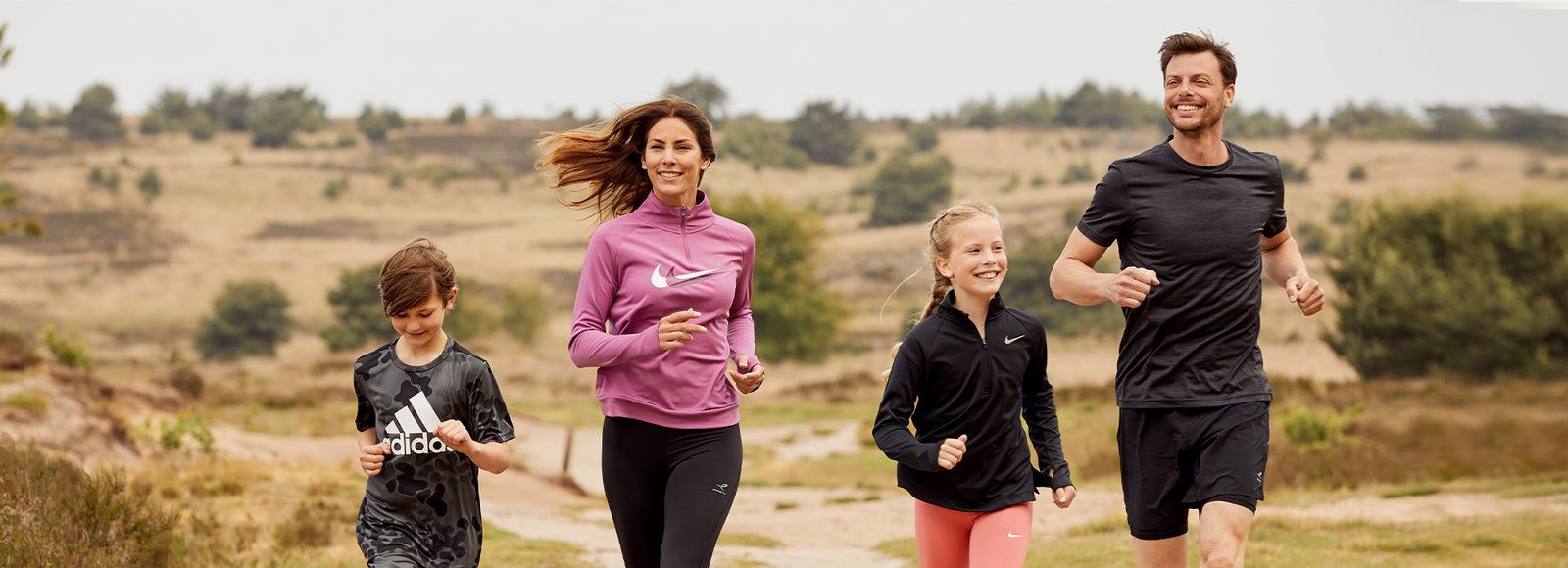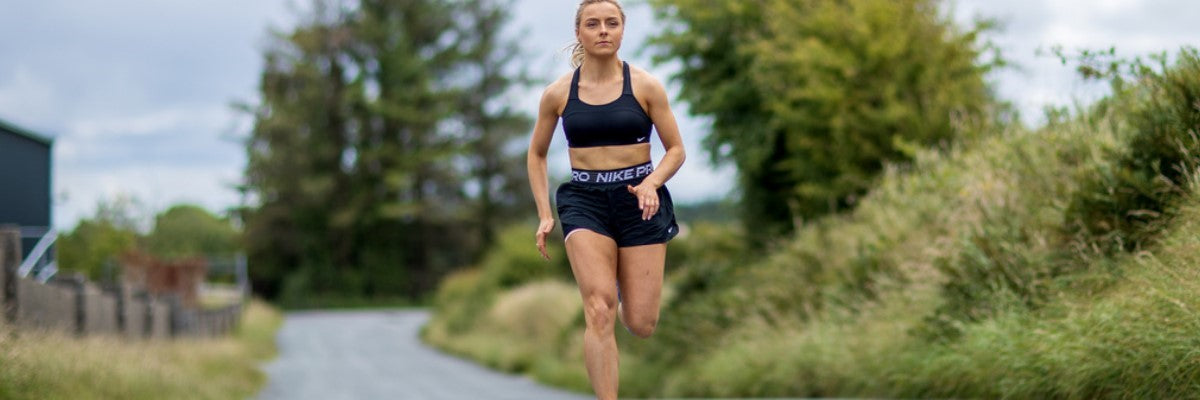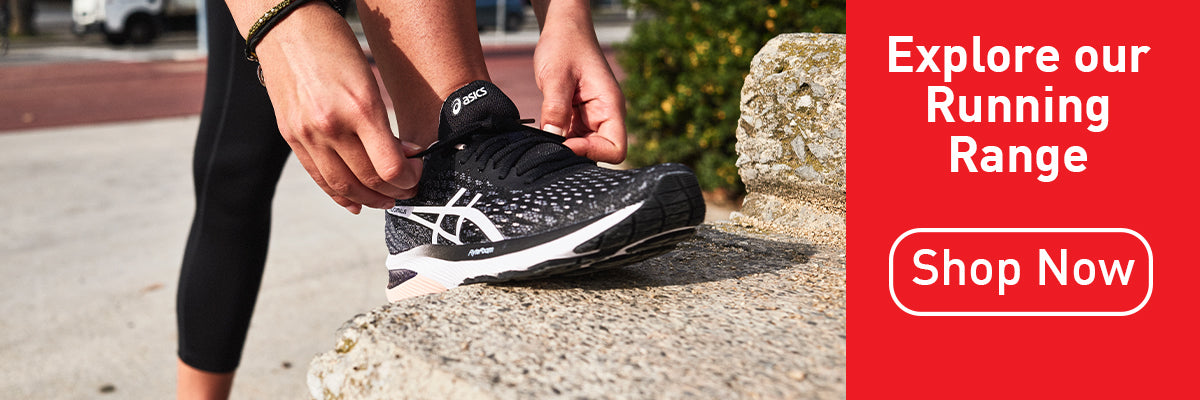
6 Top Tips on How to Run Injury Free
Injuries can be the bane of one’s life, so figuring out how to run injury free is vital to long-term success.
Mind you, it can be very difficult to stay injury free throughout your life. However, doing the right things consistently overtime will seriously increase your chances.
Control the controllables as it is said.
Don’t worry if you do get injured, some studies show that overall injury prevalence is quite high in runners.
These tips will help you to know how to run injury free and stay injury free.
6 Tips on How to Run Injury Free
Stretch, stretch and do more stretching!
Stretching both before and after a run is crucial for injury prevention.
Dynamic stretching techniques include walking, a light jog, butt kicks, side shuffles, walking lunges, and high knees. After performing the dynamic stretches, you can try some of the more conventional static (stretch-and-hold) stretches if you’re still feeling tight.
Static stretches for the quads, glutes, calves, hamstrings, and hip flexors are recommended after your run. You can become incredibly tight if you’ve spent the day driving or sitting at a desk.
Before going for a run, those muscles need to be warmed up.
Check out our blog on a post and pre run warm down here! with Irish Sprint Hurdler Sarah Quinn.
Do More Strength Training
Running is brilliant but it is also taxing on the body. It positively stresses the body in so many different ways and can even help you develop the muscles in your legs.
However, any muscle imbalances you might have from running will start to seriously hamper you over time, so strength training will crease these out and get you performing better.
Your running kinetic chain is made up of your feet, lower legs, knees, hips, lower back, core, arms, and shoulders.
If one link isn’t functioning properly, it will have an impact on the rest of the chain.
You’ll run faster and avoid injuries if you maintain good flexibility throughout the entire chain and strengthen all the weak links.
We’re not talking becoming a body builder, just some basic exercise will help.

Get Correct Running Shoes
This might sound basic, but it’s probably the most important tip.
You want running shoes that fit well, are suited to your foot and natural stride, and are comfortable.
Try to avoid using your running shoes for work etc because this can take the freshness out of them. Generally running shoes last around 550-800km.
Having more than one pair will really help you too.
You can call in-store in Elverys to get your feet balanced and check out our wide range of running shoes.
Recover, Recover, Recover
Whether it’s a stretch, a good sleep or rolling out, recovery between runs is crucial.
Our bodies are not machines. They need time to rest and reoperate before you stress it again and if that is not incorporated in your training, then injuries can follow.
Numerous studies demonstrate the significance of sleep for maintaining good physical and mental health, including immune system function, mood, creativity, memory, focus, and cognition.
Our blog with ASICS Frontrunner Grace Lynch will explain more.
Stay Hydrated
Maintaining proper hydration is essential for preventing muscle cramps.
Depleted electrolytes are more likely to occur if you are already dehydrated before starting your run or if you get dehydrated while running.
Your muscles must have potassium (an electrolyte) in order to relax after they have contracted.
Calves, quads, and/or hamstring cramping are more likely to occur if you start your run with low potassium levels or if you lose potassium through sweating while running and don’t rehydrate.
Find your Pace
Don’t over-do it!
We’re not all Olympic level runners, so don’t expect to be beating your times and improving every single time you go out.
Set realistic goals for yourself and slowly work towards achieving them. Rome wasn’t built in a day!
Learning how to calculate your running speed might help?
Always train or compete at your current skill level and work your way up to a more demanding level.
When you first start out, don’t be scared to join a sports team or an exercise group that is intermediate or novice level.
For instance, if you’re training for a marathon but have never run before, consider signing up for a run/walk club to establish a training base.
Conclusion
Our Ultimate Guide to Running might help you with information on how to get started?
There’s also loads more advanced running tips for you to check out in that blog.
Check out our Running category below for some amazing products and deals.
